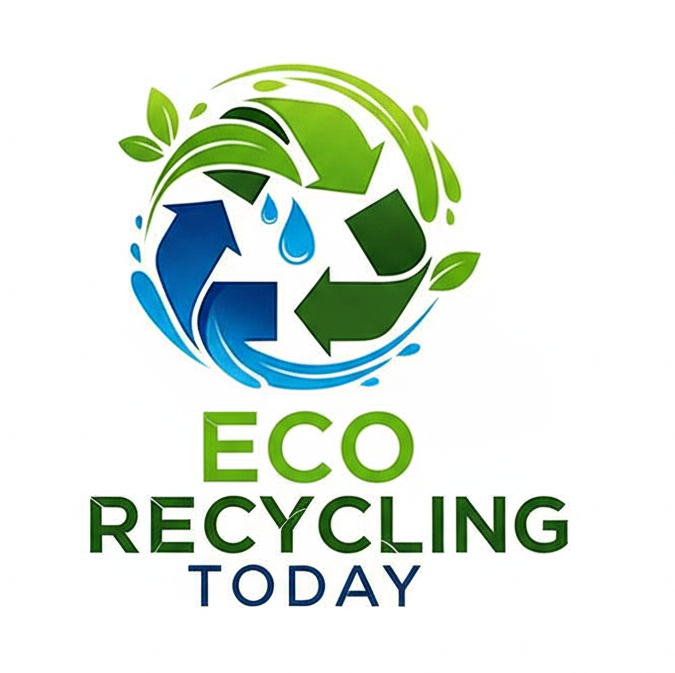Electronic waste (e-waste) is one of the fastest-growing waste streams globally, with millions of tons generated each year from used smartphones, laptops, batteries, TVs, and circuit boards. Improper disposal of e-waste leads to serious environmental hazards, including toxic chemical leaching, soil contamination, and health risks. Fortunately, advanced recycling solutions offer eco-friendly, cost-effective ways to manage and repurpose this waste stream. We’ll explore sustainable e-waste recycling solutions, focusing on batteries, electronic devices, and printed circuit boards (PCBs).
Why to Recycle E-Waste Matters
E-waste contains valuable and hazardous materials. Components such as gold, silver, lithium, and rare earth elements can be recovered and reused, reducing the need for mining virgin materials. At the same time, toxic substances like lead, mercury, and cadmium must be safely handled to protect the environment and human health.
Key benefits of e-waste recycling:
- Reduces landfill waste
- Recovers precious metals
- Prevents pollution
- Supports circular economy
1. Battery Recycling Solutions
Rechargeable and single-use batteries contain lithium, nickel, cadmium, and other heavy metals that pose environmental threats if not properly recycled.
Types of Batteries Recycled:
- Lithium-ion (used in phones, laptops, EVs)
- Nickel-Cadmium (NiCd)
- Nickel-Metal Hydride (NiMH)
- Lead-acid (used in vehicles)
- Alkaline batteries (AA, AAA)
Recycling Process:
- Collection: Drop-off bins, retail take-back programs, or municipal e-waste drives.
- Sorting: Batteries are sorted by chemistry type.
- Shredding & Separation: Mechanical processes break down casings and isolate metals.
- Refining: Extracted materials are purified and returned to the supply chain.
Tips for Safe Battery Disposal:
- Store batteries in a cool, dry place.
- Tape terminals to prevent fires.
- Avoid throwing batteries in household trash.
2. Electronic Device Recycling
Old phones, laptops, printers, and other devices are rich in reusable materials like copper, aluminum, gold, and plastic.
Common Recycled Devices:
- Smartphones & tablets
- Computers & laptops
- Televisions & monitors
- Keyboards, cables, routers
- Household appliances
Electronic Device Recycling Steps:
- Collection & Transportation
- Manual Dismantling – Parts like screens, batteries, and hard drives are removed.
- Data Destruction – Sensitive data is securely wiped or shredded.
- Material Recovery – Valuable metals and plastics are separated and processed.
Pro Tip:
Donate working electronics to schools or charities before recycling. Many organizations refurbish used electronics for second-life use.
3. Circuit Board (PCB) Recycling
Printed circuit boards contain high concentrations of precious metals, making them especially valuable for recovery.
PCB Recycling is Important:
- PCBs have gold, silver, palladium, copper, and tin.
- Burning or dumping PCBs can release dioxins, lead fumes, and other toxins.
PCB Recovery Methods:
- Mechanical Separation – Crushing and sorting components.
- Pyrometallurgical – Using heat to extract metals.
- Hydrometallurgical – Chemical leaching to dissolve and recover metals.
- Bioleaching – Environmentally friendly method using microbes to extract metals.
How to Start E-Waste Recycling for Your Home or Business
Whether you’re a consumer or a company, proper e-waste handling starts with responsible disposal and partnering with certified recyclers.
E-Waste Recycling For Individuals:
- Use certified e-waste drop-off centers (look for R2 or e-Stewards certified recyclers).
- Recycle through manufacturer take-back programs (Apple, Dell, HP, etc.).
- Participate in city-sponsored e-waste collection events.
E-Waste Recycling For Businesses:
- Establish internal e-waste collection systems.
- Partner with licensed e-waste processors.
- Ensure secure data destruction.
- Consider asset recovery and IT refurbishing programs.
Electronic waste recycling isn’t just an environmental responsibility—it’s a resource recovery opportunity. With the right systems and partners in place, batteries, devices, and circuit boards can be diverted from landfills and transformed into valuable raw materials.
